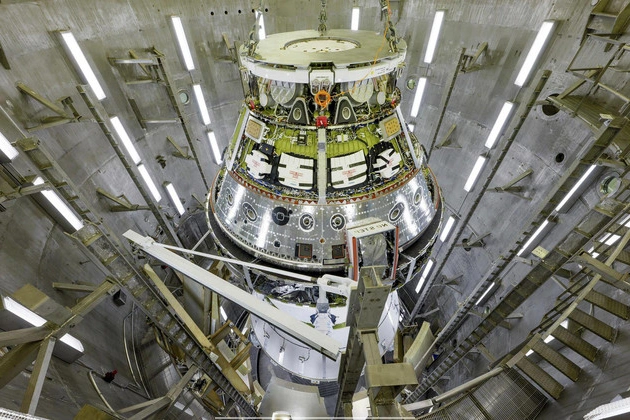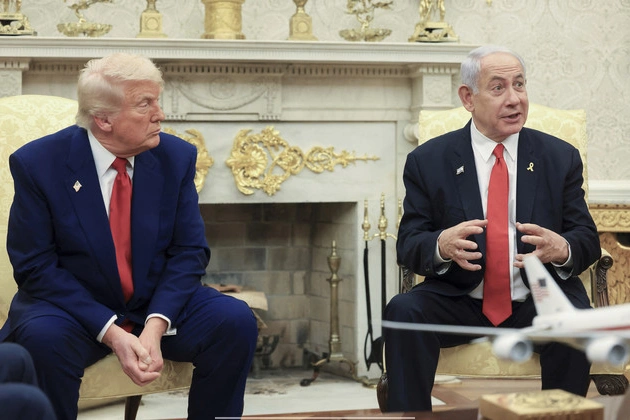
NASA may consolidate work in some regional offices, shifting thousands of jobs, but has no plans for massive layoffs or the elimination of major departments, acting administrator Janet Petro said Monday. The changes in the structure of the space agency’s work force reflect both an effort to cut costs and improve collaboration as the Trump administration pushes ambitious space goals, Petro told POLITICO.
Reasons for Consolidation
Her comments on the sidelines at the Space Symposium in Colorado Springs come as Elon Musk’s DOGE has slashed thousands of government jobs and the billionaire pursues his own space ambitions, both independently and as a NASA partner. Petro highlighted the stakeholder interest in consolidating NASA’s operations to drive efficiency and enhance collaboration among offices.
Key Operational Centers
While NASA maintains a headquarters in Washington, most of NASA’s work is done in multiple offices across the United States, including the historic Kennedy Space Center and the Johnson Space Center. These centers play crucial roles in managing launches into space and human space flight, with Kennedy alone home to 10,000 employees.
Future Plans and Challenges
If NASA were to move headquarters out of Washington, functions directly tied to the capital should remain in place for effective operations. Petro emphasized the importance of maintaining a small office in DC for essential functions like congressional outreach and legal affairs.
The potential consolidation stems from the Office of Management and Budget’s cost reduction initiatives, prompting agencies to seek efficiencies through office relocations. However, Petro clarified that while NASA has closed some small offices, there are no immediate plans for further office cuts.
The Role of Innovation
Petro praised the DOGE for its assistance in reforming NASA, particularly in upgrading the agency’s IT systems. Musk’s support for Mars missions and space exploration has energized the industry, with ambitious plans for crewed missions to Mars in the coming years.
Challenges Ahead
Despite the enthusiasm for Mars missions, Petro cautioned about the realistic timelines and challenges involved. Launching a successful Mars mission within the next five years presents significant hurdles that require thorough planning and risk assessment.
In conclusion, NASA’s consolidation plans under the Trump administration signal a new era of cost-saving measures and enhanced collaboration. The future of space exploration looks promising, with innovative partnerships and ambitious goals driving the industry forward.











